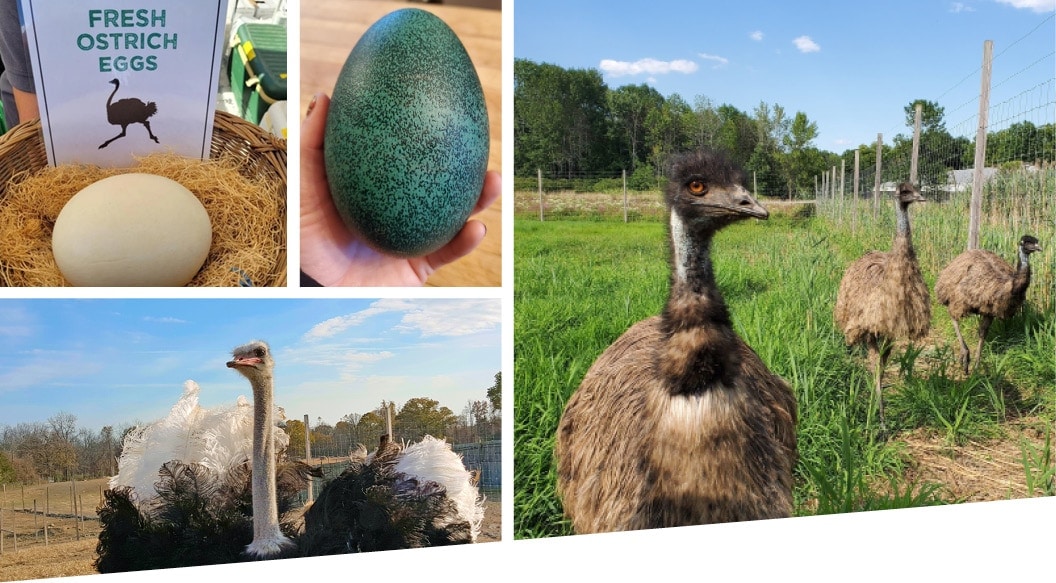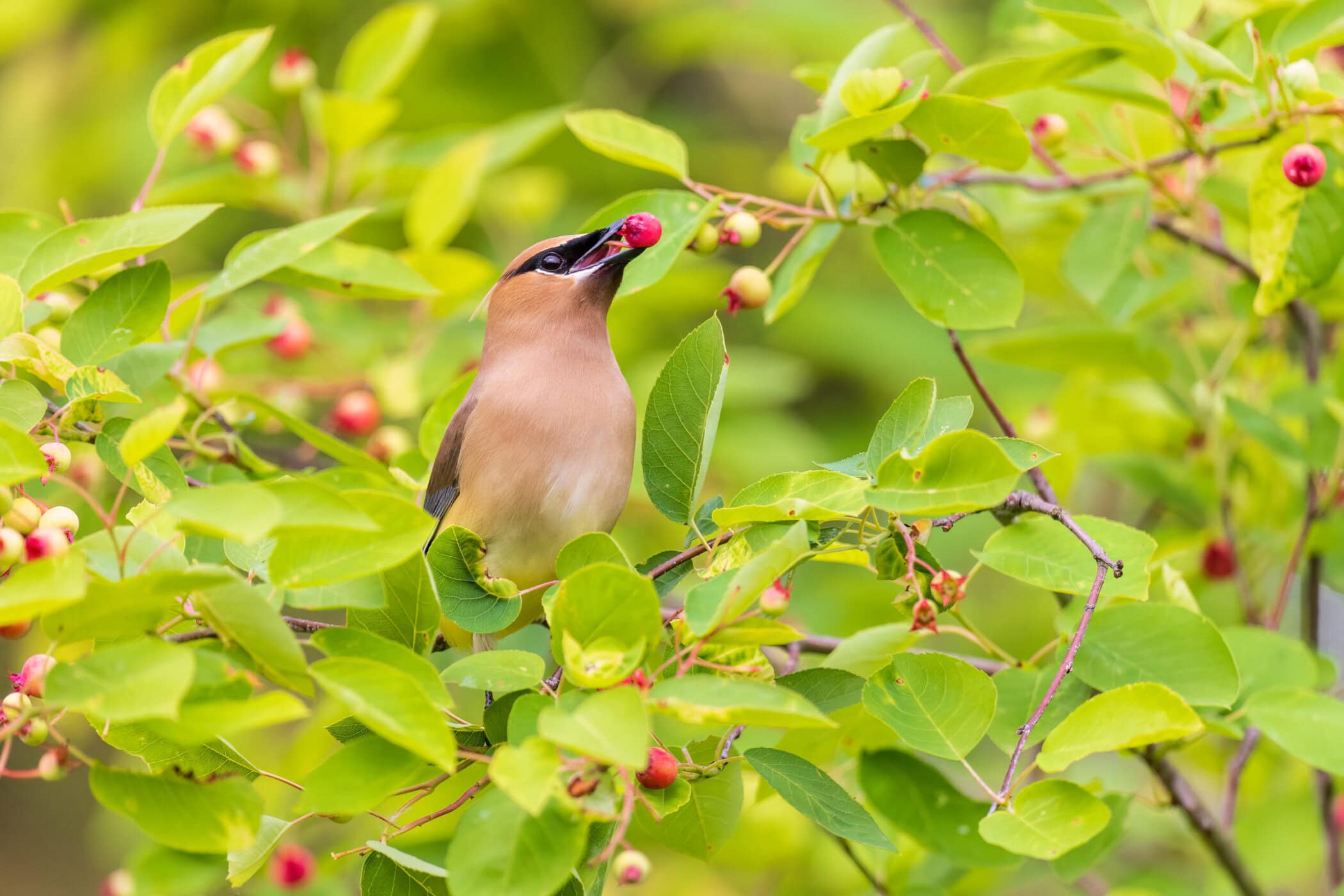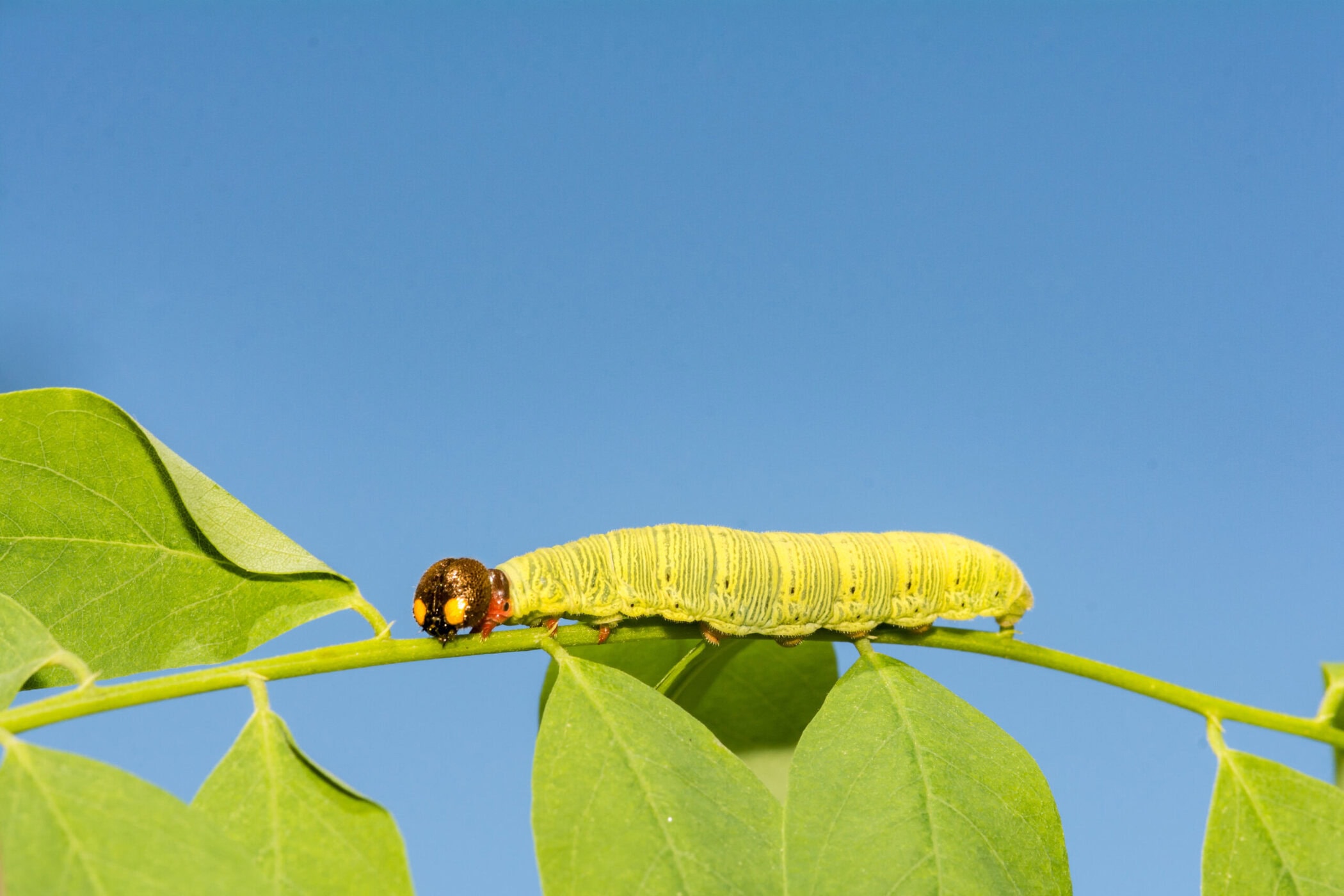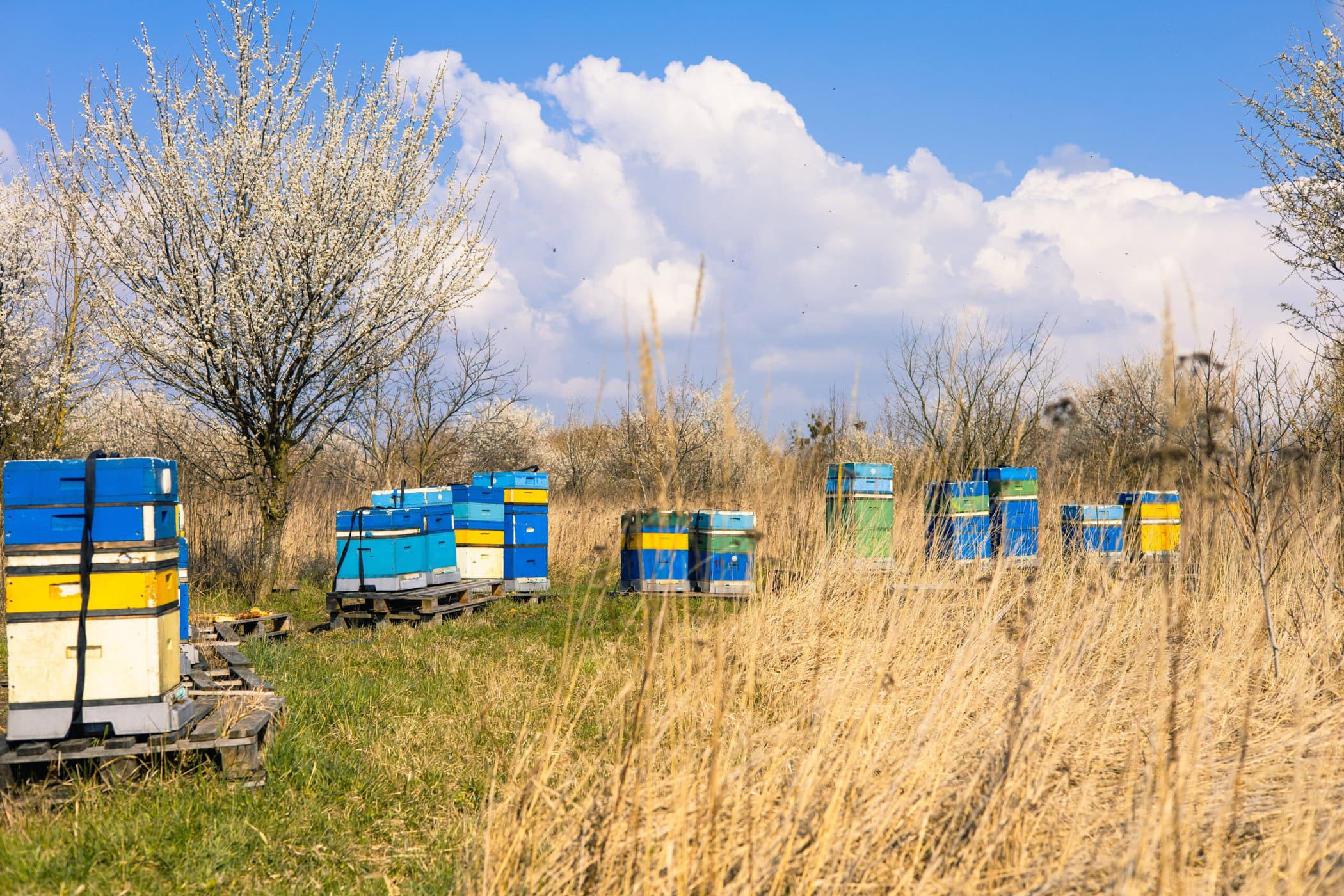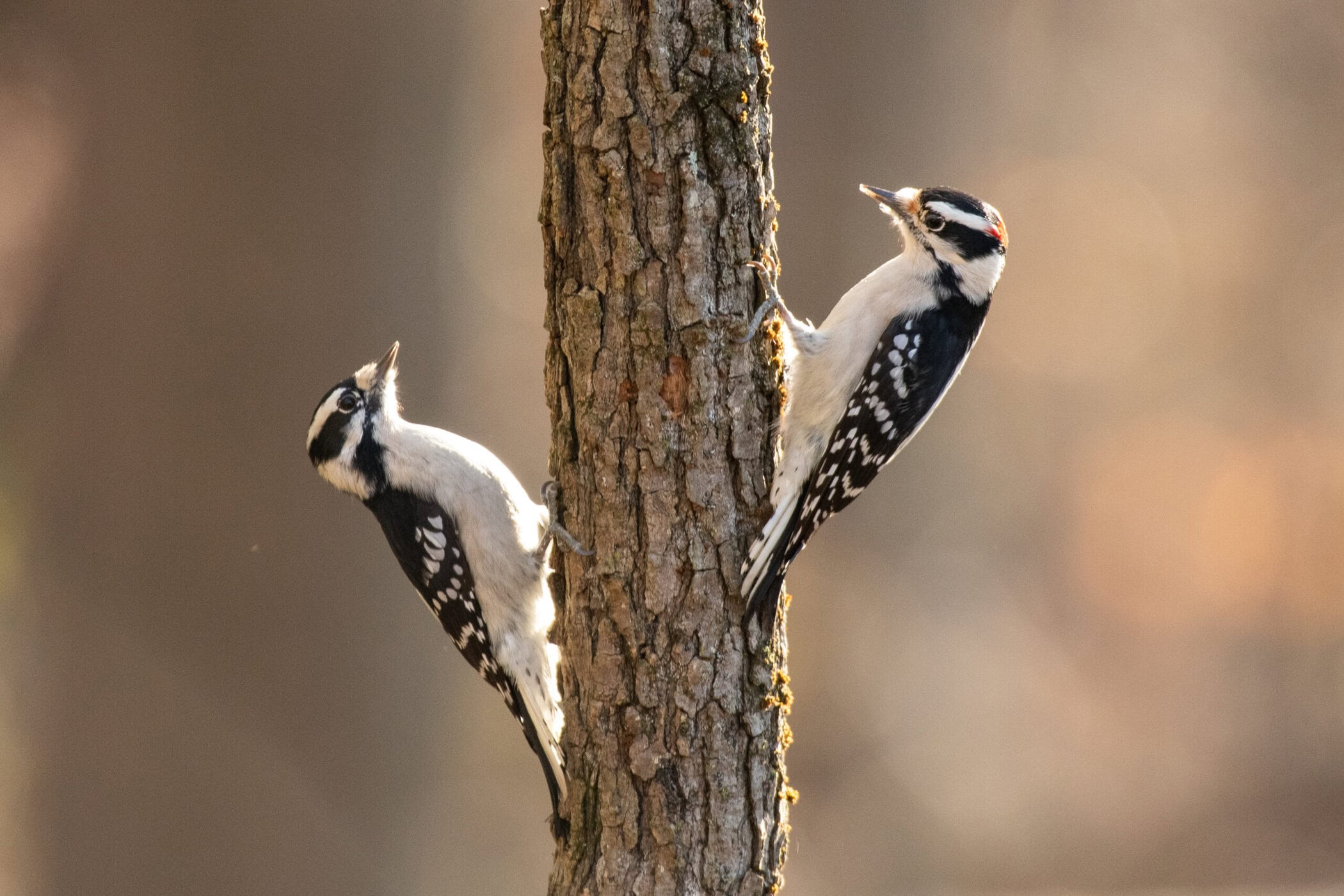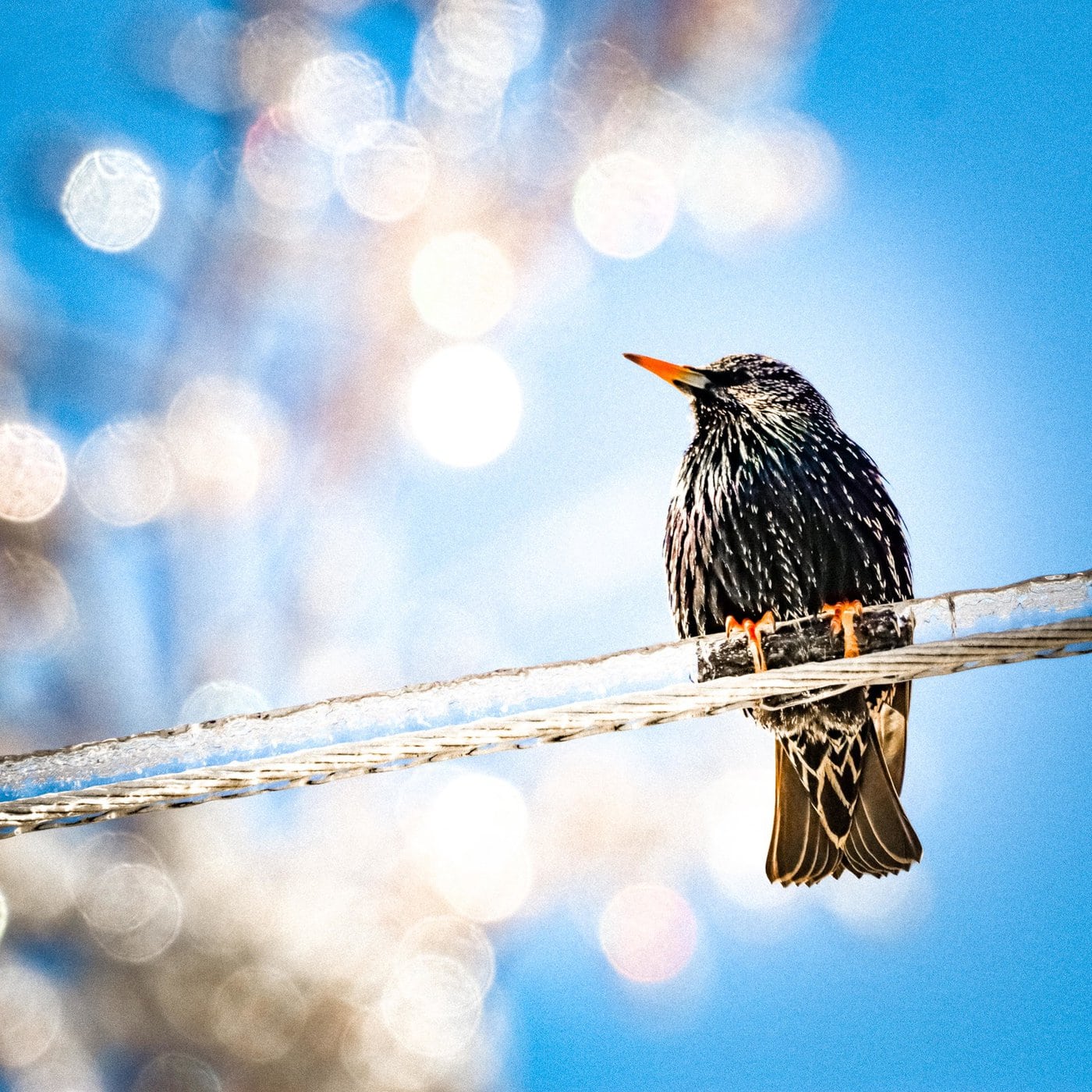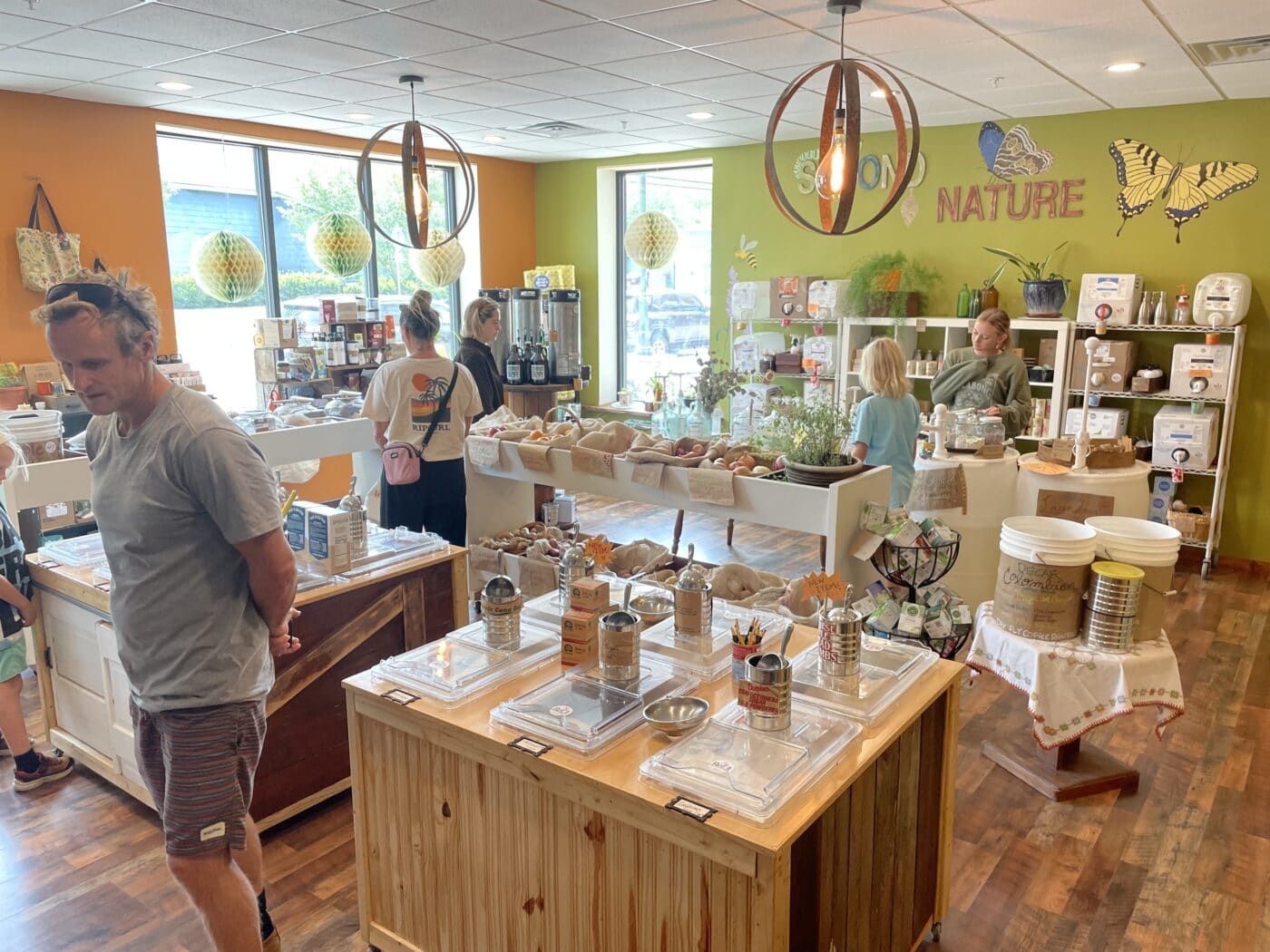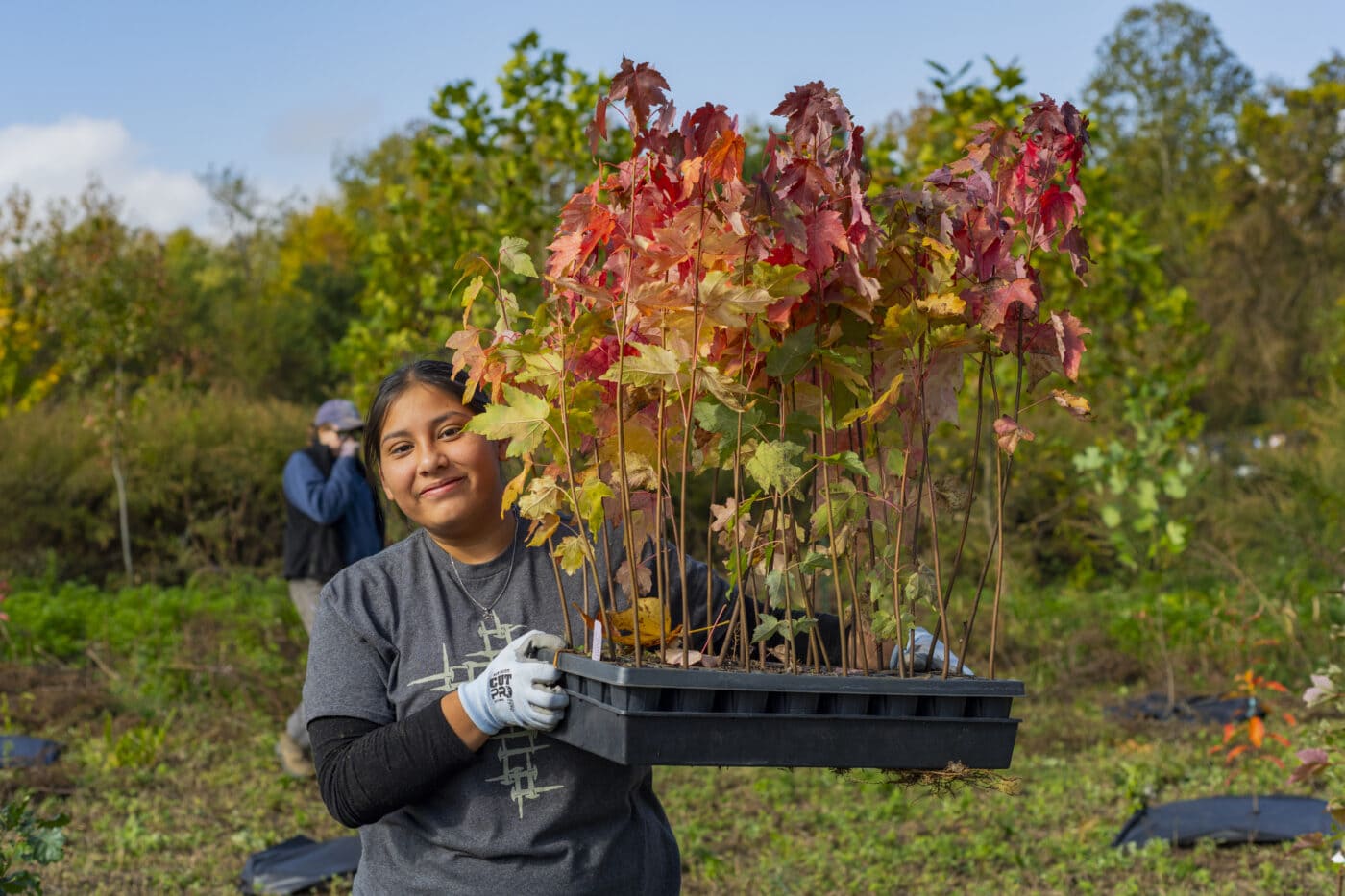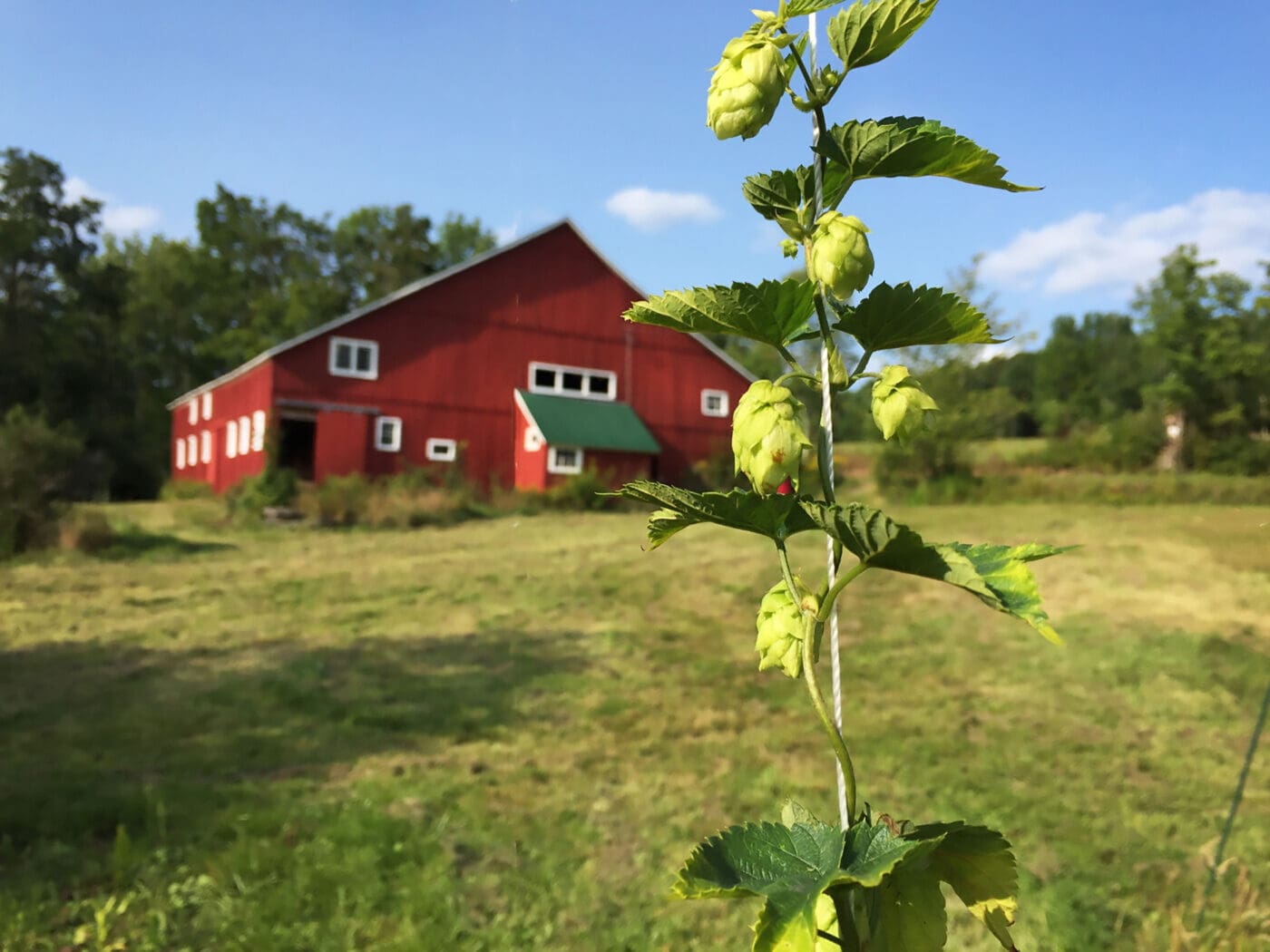Most poultry farms in the Hudson Valley focus on chicken — but a handful raise more exotic egg-layers, including emu, ostrich, duck, turkey, guinea fowl, and pheasant. These eggs are sought for their differences in taste, texture, and even their art-ready shells.
In the last couple years, fear of the Highly Pathogenic Avian Influenza, or H5N1, has caused numerous farms to limit or stop selling speciality eggs. Interestingly enough, industrial farms seem to be the most affected by the avian flu despite their advanced technology and strict regulations. Smaller local farms like the Highland Farm, Thunderhorse Hollow Farm, Quattros Farm, and the Lone Duck Farm, however, are still at it. Here’s how their birds live and lay.
Highland Farm
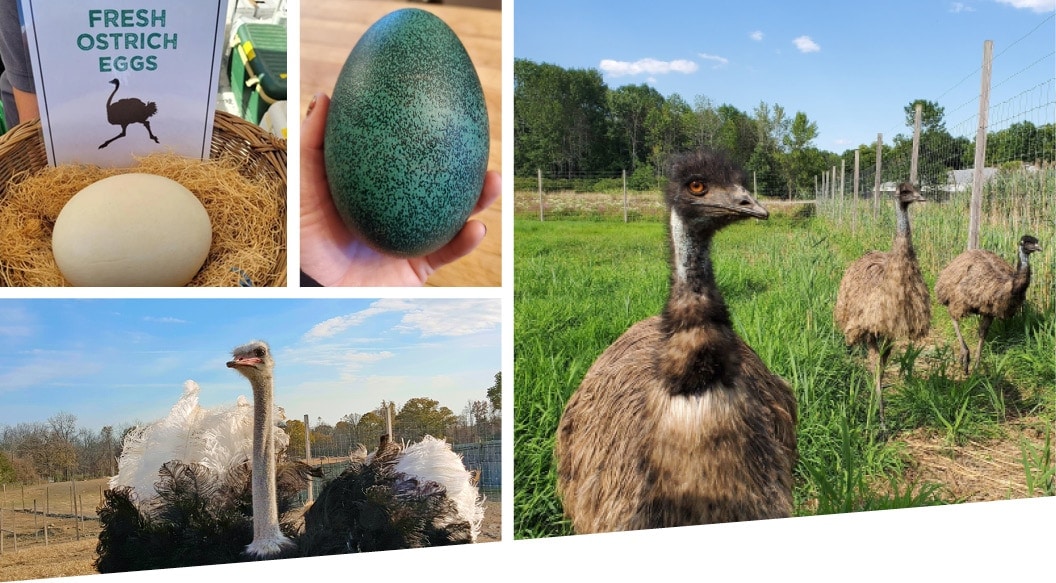
In the heart of the Hudson Valley, Highland Farm raises not only chickens, but also ostrich, emu, guinea fowl, and ducks. Years of experience in raising unique species led to farmer Claire MacNamara’s interest in raising ratites (long-legged and long-necked birds) with the understanding of the care and facilities needed to manage these large non-flyers. She and her family have now raised ostriches (native to Africa) for over 15 years and emu (native to Australia) for about 10 years.
Ostrich eggs are the largest in the world — a single egg has the volume of two dozen chicken eggs. They have shiny cream-colored shells and a mild, creamy flavor. Emu eggs are about ⅓ smaller than an ostrich egg. The shell is a striking deep green. MacNamara describes the flavor as richer and slightly nutty.
Another huge difference: Female ostriches can take two years to mature enough to lay an egg, compared to the few months chickens need. MacNamara describes the emus as “a bit goofier and quirky, and we feel like they look a bit like a shaggy muppet.”
The ratites’ temperaments mean they need to be raised carefully. During breeding season, spring through fall, “ostrich roosters can be quite aggressive,” MacNamara says. “Ostriches have a powerful forward kick which is their main source of protection from danger. The kick is capable of disemboweling a lion, which is an impressive and scary thought!”
A challenge in raising large egg-layers is developing management strategies. Highland Farm keeps them in pairs (one male and one female), since female emus tend to be more dominant and aggressive with other females. Emu males incubate the eggs, going without feed and water for long stretches.
How else do ostriches and emus differ? MacNamara points out their disparities in look and sound. “Ostrich males make booming sounds during breeding season which can be heard up to about 2 miles away. Emu females make a drumming sound, which is very guttural and one of the ways to tell male and female emus apart, since their plumage is similar. Ostriches are sexually dimorphic, meaning you can tell the males from the females apart — adult males have jet black plumage with white accent feathers and females have gray plumage with some white accents.”
Ostrich eggs are available from spring through early fall, and emu eggs are available from around December through early spring. You can find more information about their farm here.
Thunderhouse Hollow Farm

In Ulster County, Thunderhouse Hollow Farm is currently home to six year-old male emu (and local celebs!) Alice and Gina. Owner and farmer Kymara Lonergan raised these two from when they were chicks and assumed to be male. Kymara has raised egg-laying birds for many years of her life and “became interested in selling emu eggs due to their beauty, size, nutritional value and versatility.”
As current VP of the American Emu Association, Lonergan holds “a very deep interest in emu and their benefits. Emu eggs have multiple culinary uses, are used in arts projects and can be used for soap making.” One female can lay up to 30 eggs per season (December-May). They have a much higher yolk-to-white ratio compared to chicken eggs and higher in selenium, magnesium, iodine and iron.
Emu are actually well-suited to grazing the Hudson Valley’s natural environment, Lonergan believes. “Emu require feed but are grazing livestock who have more capabilities than chickens and smaller birds to fend off natural predators. Farmland is rapidly losing ground to housing development. Emu do not require large amounts of pasture and are very easy to maintain. The birds have bifurcated feathers which provide extra warmth, and due to their thick layer of fat, they have more natural insulation than other birds.”
Lonergan notes the sustainability of raising emu on a farm, “their manure is immediately usable as fertilizer because their digestive tract is uncomplicated. Generally they will digest and expel anything they consume within six hours. The material does not accumulate bacteria which in turn needs to be broken down through the process of aging, such as chicken or other egg layers. It is very easily washed into the land and because emu are grazers, they spread the seeds of beneficial native plants in their manure as well. Also, the ammonia content is not as high as in other birds. I place emu manure around my plants that are preferred by deer and it seems to act as a deterrent to their snacking. Emu are low impact on the land and eat a number of harmful insects along with small animals.”
Despite the numerous benefits, she strongly emphasizes sustainability should not be the primary consideration for raising egg producers at this time and farmers should focus on implementing biosecurity measures, “Due to the increase in development in our area, predator risk should also be considered,” she says. “The natural environment is forcing wild animals into spaces in which they normally do not hunt.”
Breeding and genetics are also factors. If a farmer does not supply breeders from varying gene pools, a variety of issues can occur including deformities. Learn more about Thunderhorse Hollow Farm here.
Quattro Farm
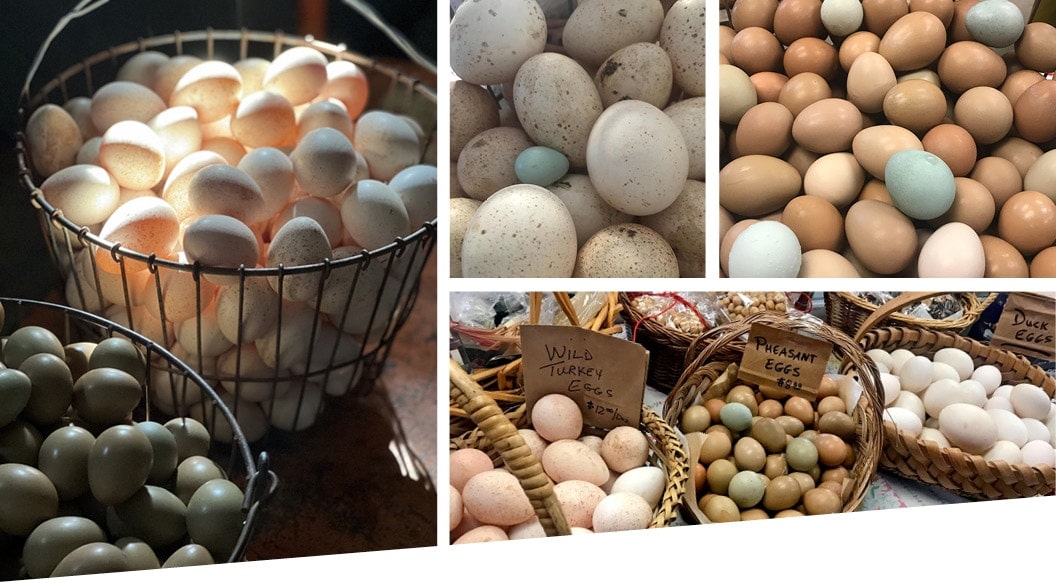
Quattro Farm in Pleasant Valley has been around as a poultry farm since the 19th century, and farmer Sal Quattro would still describe his farm as “old-fashioned” even with added advancements in farming technology. Quattro’s currently raises turkey eggs, pheasants, and ducks (scoby) in addition to chickens. They’ve raised pheasant egg-layers since the 1970’s and turkey eggs since the mid-’80s.
The biggest difference between common chicken hens and these speciality egg-layers is that these are generally wild birds, and their egg-laying depends entirely on nature. They have significantly shorter seasons, providing about two months worth of eggs, and they won’t lay until at least March.
Though valley residents were initially “scared” to try these eggs, Quattro says, the more exotic types have since grown in popularity and have become celebrated for their taste and shells. Pheasants have a more mild taste, while turkey and duck eggs are much richer.
The birds are fed with local grain and raised outside until they are kept inside for the laying period to keep the eggs clean. Quattro raises poultry the same way his grandmother and mother did, with eggs picked by hand. The egg membrane remains in place for natural preservation and protection, and the eggs are brought out in baskets at the farm market.
After the long, consistent traditions of raising birds, last year was terrifying for local farmers as H5N1 numbers began to rise, Quattro says. On his farm, breeders are moved inside to avoid worry about migratory birds like hawks and geese. He also has implemented strict biosecurity measures, like increased air filtration, and only allows two egg pickers into the farm with proper covering to prevent the H5N1. Even the tires on the feed trucks are disinfected before coming onto the farm.
This hands-on approach can restrict “profitable growth,” Quattro says, but the generations of experience in directly tending and raising these birds has led to valuable knowledge of these birds. Quattro, just as the generations before him, can see a flock of birds and know the state of their health and how to care for them. Quattro admits it’s “a gamble every day, but just like Covid, you gotta live. In the meantime, life’s gotta go on.”
The Lone Duck

In Saugerties, the Lone Duck is home to about 50 ducks in addition to chickens. Though farmer Lisa Motzer has raised egg-layers for close to 15 years, she and her family have only turned it into a business in the last three. Their interest in raising egg-layers began as a way to source the lack of good local eggs at the time. A few eggs and recipes later, they realized how amazing the process and product was.
Ducks lay their eggs all over the place, and since they are free-range at the Lone Duck, they have full use of the farm. Despite laying on the ground as opposed to a nest, and often straying from the main coop toward the farm ponds, they tend to develop their favorite consistent laying spots.
Duck eggs are larger and longer-lasting than their chicken counterparts, with more yolk and thicker shells They are higher in protein, Omega 3’s, Vitamin A, D, and E, and especially valued for baking. “I have a lot of local bakers buy them because they have more fat and protein — and less water, so they make cakes lighter and fluffier, and pastries just a little bit more decadent,” Motzer says. “Also, because the protein in chicken eggs is different from the protein in duck eggs, many people who have chicken egg allergies can still eat duck eggs.”
The eggs are sold as fast as they are collected. And although egg prices at large have surged recently, Motzer says that has actually brought her new business. “Egg prices at the store are about the same as ours, and the difference in quality is significant” she says. “[Customers] built relationships with local farmers, and begin to deeply understand the value of keeping small farms around. Eggs are like the gateway drug of farms!”
Despite the ideals of local farming, farmers and consumers alike still fear H5N1. Motzer explains that despite her initial fears, “the vast majority of farms that were shut down from the virus were massive commercial egg factories. You don’t have to know much about anything to realize that anytime you cram thousands of birds into one building with minimal airflow, and poor nutrition they are at risk for a lot of diseases. Our birds are out in the open air all day, with unlimited fresh water, grass and bugs. We haven’t had any sick birds — ever. It just doesn’t happen.”
While other farms may feel it’s necessary to lock their birds as a biosecurity measure, Motzer ensures, “we spend quite a bit of time around the animals every day — if there was something wrong, we’d know it.”


